The Apple Watch Review
by Joshua Ho & Brandon Chester on July 20, 2015 8:00 AM EST- Posted in
- Wearables
- Apple
- Mobile
- Apple Watch
WatchOS: Communication
If you’ve been reading closely in the past few pages, you’ll probably notice that there’s a rather consistent theme when it comes to what I find myself doing with the Apple Watch. For the most part, those uses revolve around instant messaging, text messages/iMessage, email, and the extremely rare phone call. Ultimately, communication is what the Apple Watch is all about. I suspect that this is ultimately why Apple has placed a dedicated side button for the Friends screen, which contains a carousel of contacts that you would frequently contact. In practice, this is the only way to access some of the features that are specific to Apple Watch, namely Digital Touch and sending animated emoji.
The Friends UI itself is definitely quite effective for what it is, and really shows again just how useful the digital crown can be when it comes to keeping the UI compact without compromising usability. Selecting a given person is done with the digital crown, with confirmation providing by tapping the display. Once confirmed, the user can elect to call or send a text message. If the friend has an Apple Watch as well, the previously mentioned Digital Touch and animated emoji features will also be accessible from the same screen.
Honestly, I saw next to zero value for sending heart rate or animated emoji, but the ability to send taps to someone is really quite helpful given how good the haptic feedback (Taptic Engine) is at getting someone’s attention. It’s definitely possible to accidentally spam taps to someone without malice though, which is something to be mindful of. Drawings are also a fun feature, but probably not a killer app. At the end of the day, it’s probably a fair bet that you’re going to spend most of your time using the Apple Watch to send text messages and make phone calls rather than drawings or emoji.
Although I’ve already discussed the text messaging aspect, the phone aspect is a pretty interesting experience. In practice, phone calls are definitely not going to work in public on the watch, but in private settings I found the experience to be without any major problems. The actual phone call part of the experience is usually pretty relaxed as you can basically leave the iPhone 6 somewhere else and talk over speakerphone with your hands on a computer as the microphone can still pick up voices reasonably well in that kind of situation as long as you haven’t covered the mic with your wrist or clothing. Trying to make a call is also one of the easier things to do, with a list of recent calls synced from the paired iPhone, favorites, a contact list, and voicemail access from the phone application. You can also make a call from the previously mentioned Friends screen.
One issue that I've observed when making calls on the Apple Watch is that there are times where it will hand the call off to the iPhone rather than completing it on the watch. In fact, every time you make a call you will momentarily see a message that says "Handed Off", which would imply that the call has been transferred to the iPhone. Usually this will be quickly followed by the standard ringtone and call connection being done using the speaker and microphone right on the watch, but I've encountered times where it actually does hand the call off to the iPhone and there's no way to pass it back. This seemed to happen in very specific circumstances, such as calling a certain contact using the friends menu rather than right from the phone app, and it's definitely something that will just require a small bug fix.
Something else to note about audio calling is that the Apple Watch doesn't support making FaceTime Audio calls. This is less of a problem now than it would be in the past, as Continuity and Handoff allow iPhone users with iPads and Macs to answer phone calls on those devices. That being said, it means that there's no way to communicate with a person on their iPad or Mac if they don't own an iPhone, which is somewhat disappointing with how FaceTime is positioned by Apple as a way to communicate across all Apple devices. I would imagine that support for FaceTime Audio calling will be added down the road in either a software update or a new version of the Apple Watch, quite possibly with a front-facing camera to enable both video and audio calling.
Fitness
Fitness has been a huge trend in the wearable industry as of recent, with no signs of slowing down. Heart rate monitoring is almost a standard in smartwatches by this point for better or worse, as is step counting. Fitbit, Jawbone, Microsoft, Garmin, HTC, and others have all made strongly fitness-targeted wearables. In the case of the Apple Watch, I was somewhat dubious that this feature would be all that important to my evaluation of the watch. After all, an enormous number of these wearables suffered from the abandonment problem that I previously discussed. Given that fitness tracking didn’t seem to be all that of an appealing feature, I was pretty well convinced that the selling points of a truly successful wearable would be elsewhere. I’m also decidedly low-tech when it comes to how I approach exercise, as to me there’s no real data needed other than a timer and whether I feel like I’m exercising at a sufficiently strenuous pace, when I exercise at all. As a result, I haven’t been evaluating applications like Endomondo and other fitness-related applications in deep detail, and I didn’t really expect to be writing this section either.
So now that we’ve established the background in which I approach fitness, we can start to talk about the actual fitness app on the watch. The fitness aspect is actually remarkably simple. Setting up the application at the start goes something like inputting your height, weight, sex, and age, then selecting a starting move goal. Once you’re done with all of this, just about the only thing you actually have to do with any kind of regularity to make the fitness tracking work is put the watch on and make sure it isn’t locked when you use it. One of the most important parts of getting people to actually use an application is to always ensure a low barrier to entry, and Apple has pulled this off remarkably well.
From there, the actual fitness tracking is completely invisible. The user never actually has to actively interact with the watch to get fitness tracking to work. There are only three metrics tracked at this time, but they’re probably the most important predictors of health. The first is movement, which appears to be at least partially based upon heart rate because I seem to have “movement” calories during times when I’m doing nothing but sitting in front of a computer and typing. The second is exercise, which is definitely influenced by heart rate although I haven’t been able to really experiment to see if heart rate is the sole determinant of this metric. The final metric is standing, which effectively attempts to get people to stand for at least a minute every hour for twelve hours a day.
As far as I can tell, after a few weeks of continuously using the watch with the phone paired it didn’t make a real difference in distance estimates when I would forget the phone and rely on the watch for distance estimates. When using purely passive distance tracking, I found that the watch estimated a 1.8 mile walk at 2 miles, or roughly 10% error. However, when selecting the "outdoor walk" fitness option a 1.8 mile walk was estimated at 1.75 miles, which is pretty much no error at all.
There is a workout component, but I suspect that this is something more targeted towards someone who is actually setting aside time every day to do nothing but exercise. I tried the interface and found it to be a useful addition, but I really haven’t had a reason to use it as the automatic tracking is pretty much good enough for my needs.
Of course, outside of tracking the watch will also give you reminders (or guilt trips?) throughout the day of your progress on these three metrics. If you haven’t stood within the last hour, the watch will also remind you of this so you can stand for at least a minute and take a break from whatever you were doing. None of these are really all that intrusive though as the reminders are widely spaced throughout the day so it didn’t feel like I was getting bombarded by notifications from the fitness application. The stand notifications can get pretty excessive if you’re sitting down for an excessive amount of time, but it’s possible to disable this which is a nice touch.
Surprisingly, I found myself looking at these features pretty often because it’s data that I haven’t actually had any real insight into. I’ve never really used a fitness tracker that keeps track of something as simple as standing time, which seems like an obvious metric to track as soon as you start using the fitness functions of the watch because sitting for extended periods of time can have significant effects on health regardless of how much exercise you do. Other fitness trackers have also tracked calories burned and distance covered before, but an actual exercise metric is surprisingly helpful because it’s often difficult to tell what exercise really constitutes as. For example, I wouldn’t consider walking at a decent pace to and from a store half an hour away to be exercise, but with heart rate tracking it turns out that at least half an hour of the one hour walk was actually exercise. I’m sure some people would consider this to be cheating, but in practice I’ve found that the end result was that I had a tendency to try and be more active more often because almost any kind of reasonably strenuous activity would be counted as exercise.
Overall, I found that the fitness component of this watch to be a real surprise. I often hear that Apple is good at making things we didn’t know we wanted, but this is probably the first time I’ve really believed that statement. Going into the review, I didn’t really realize that I wanted a solid fitness tracker on a smartwatch, but now I’m really convinced that there is value to such features.
The only difference was implementation, and it’s apparent to me that the difference here is strongly influenced by a level of thought that I otherwise haven’t seen in most smartwatches. I don’t particularly care for step counts, but I do care about how many calories I’ve used through activity and how many minutes of exercise I’ve done in a day. Even if you don’t care about fitness tracking, the watch’s fitness tracking capabilities are worth keeping in mind when comparing against other wearables. Of course, buying Apple Watch isn't going to magically make you healthier, but it will provide information that allows such actions to be taken.


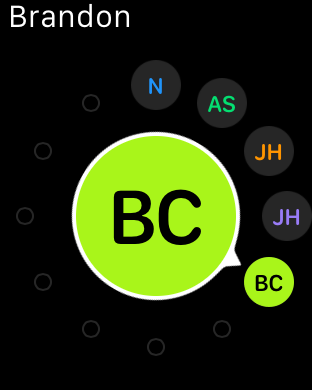

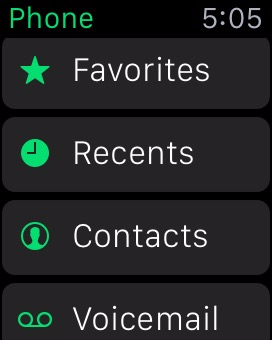
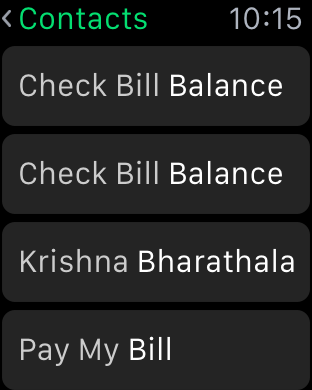

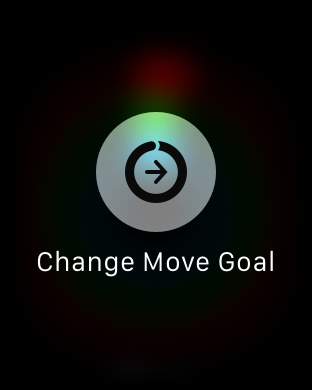
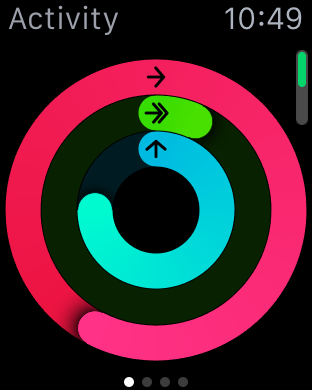
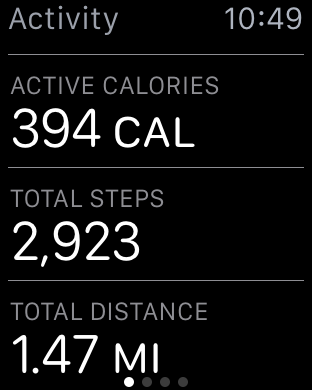
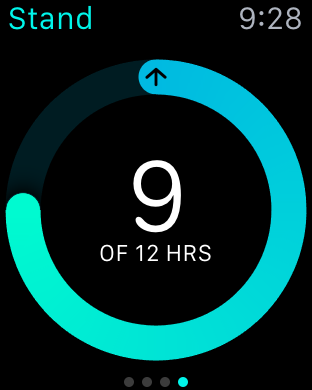
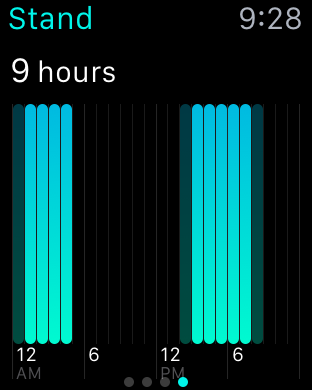
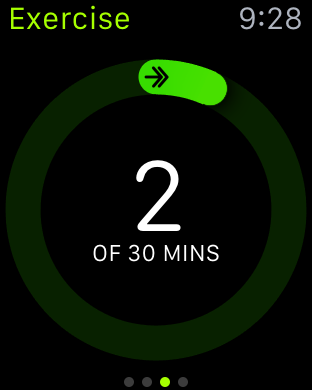
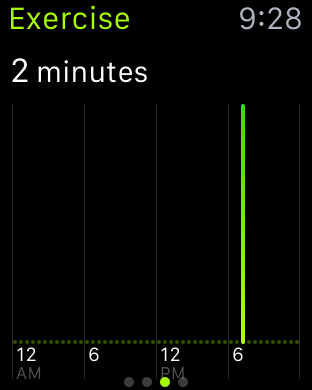
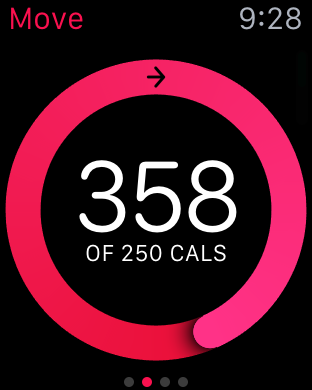

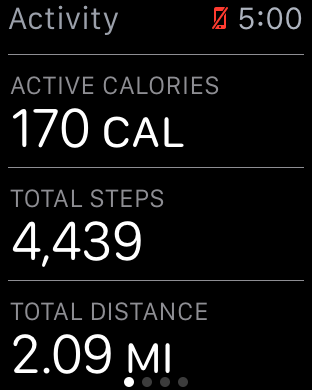
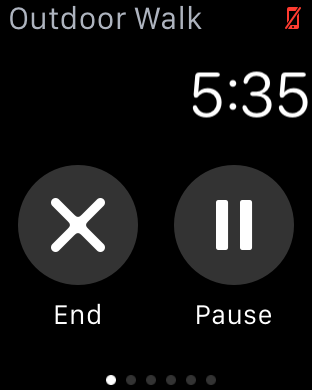
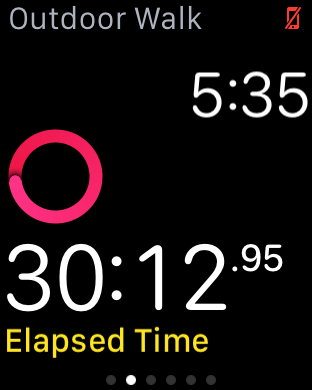
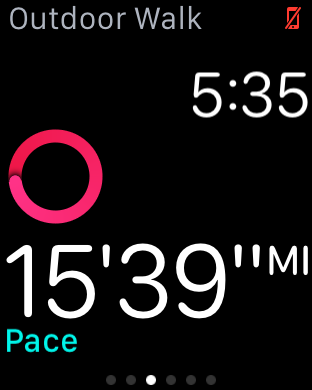
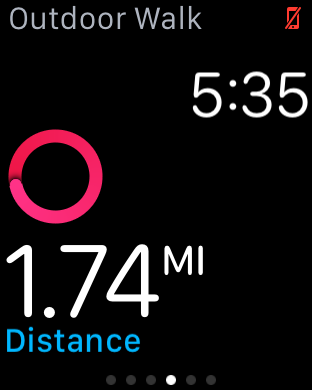
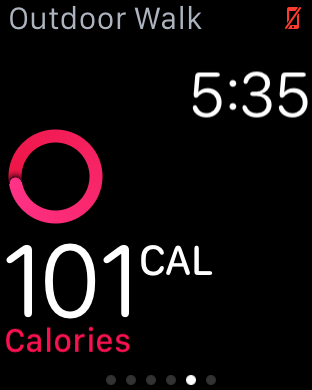
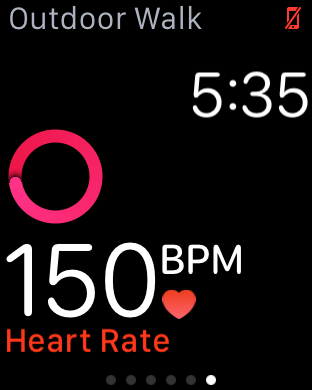
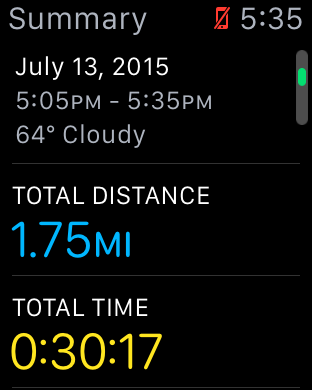
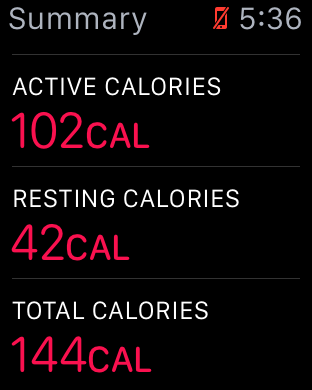
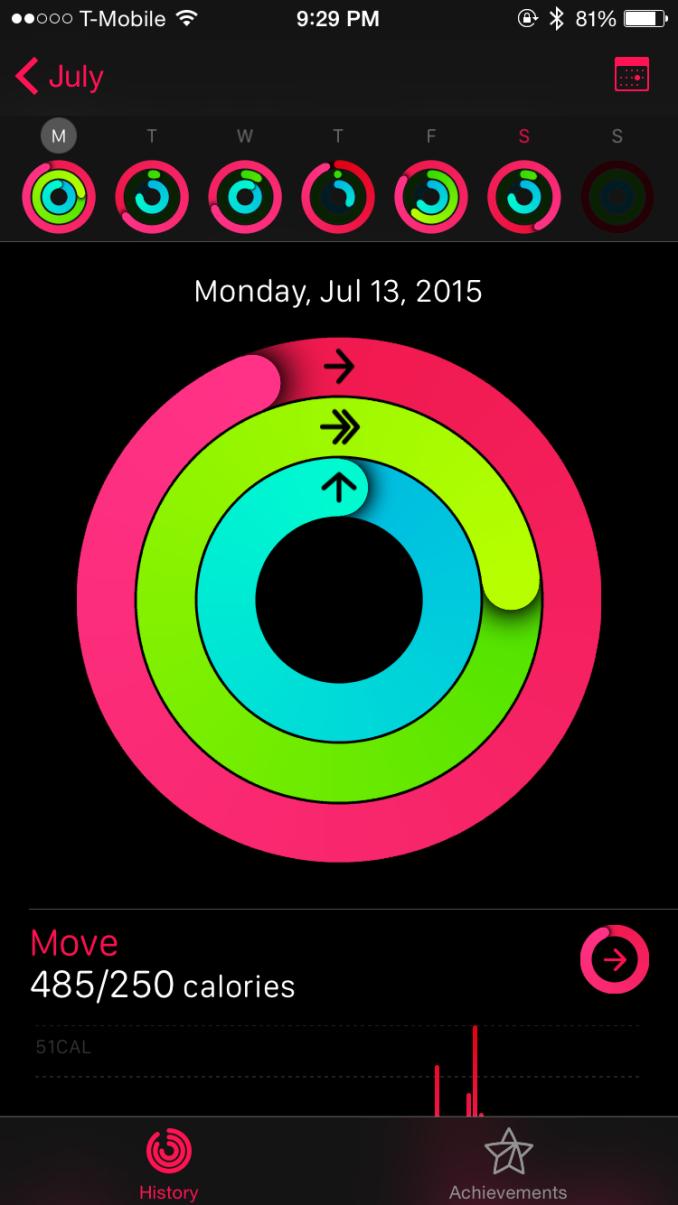
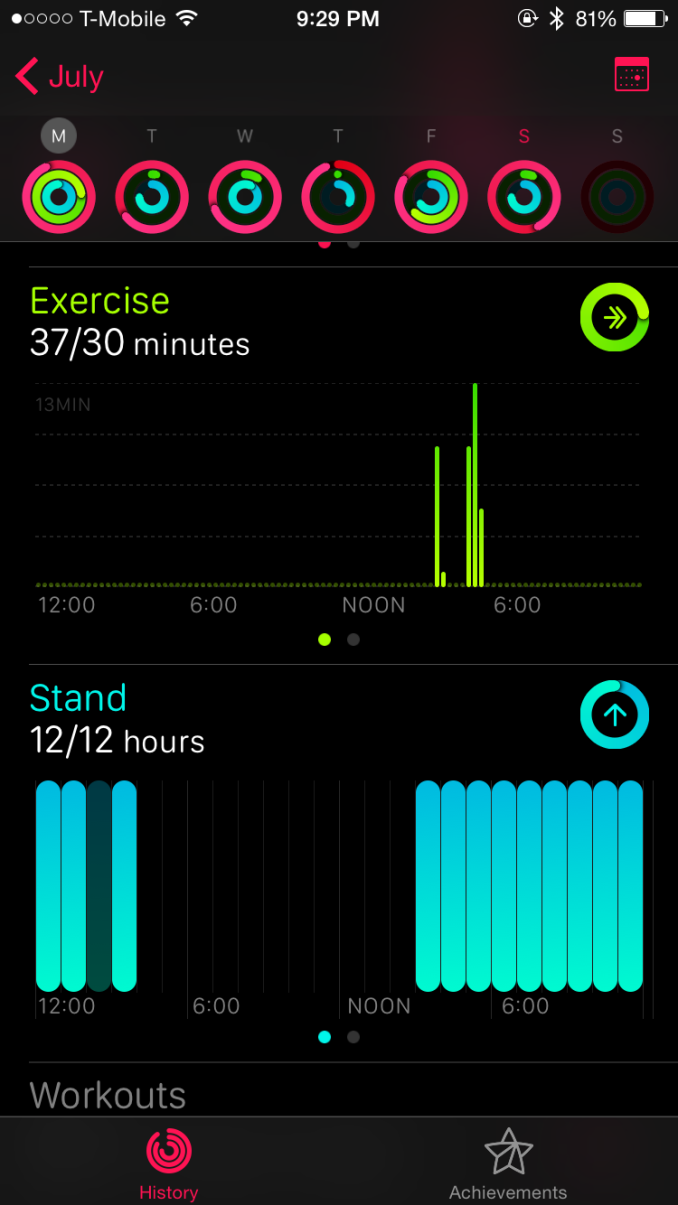
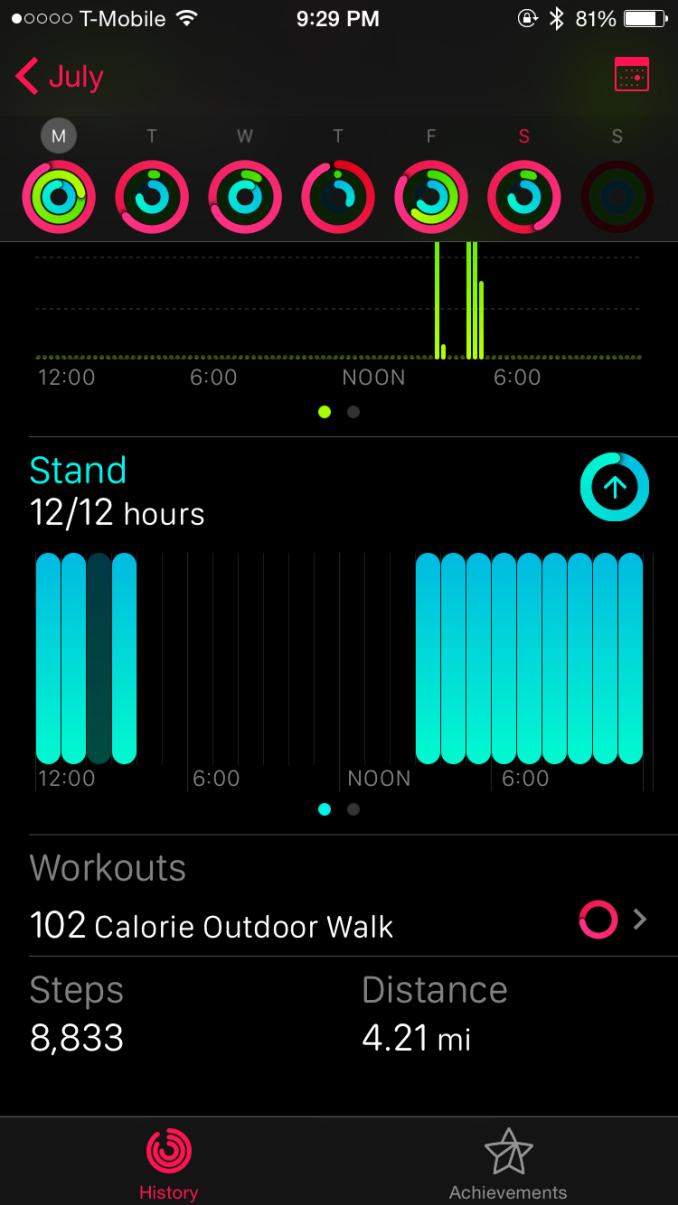
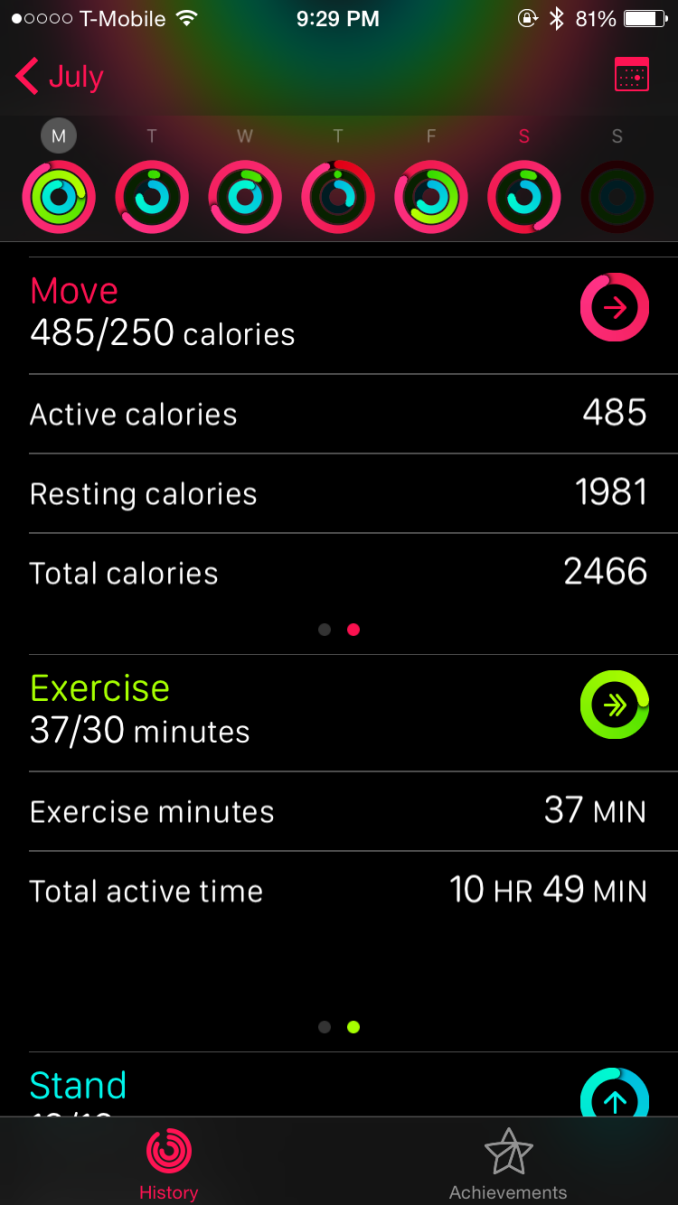
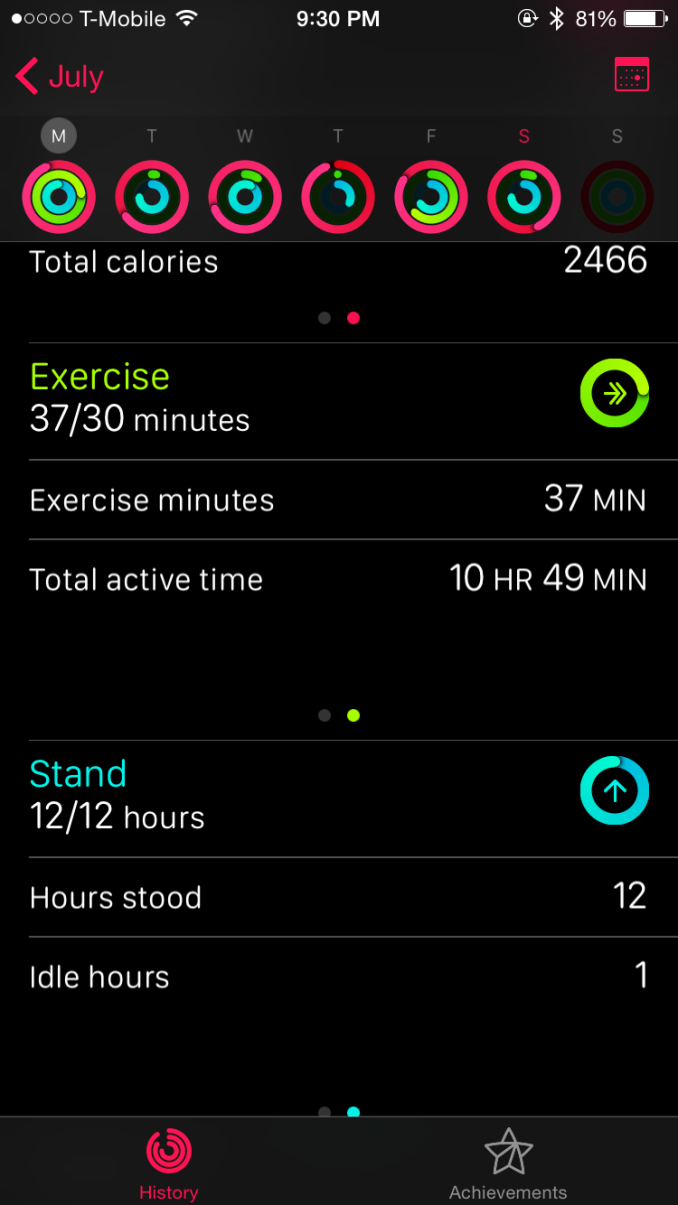
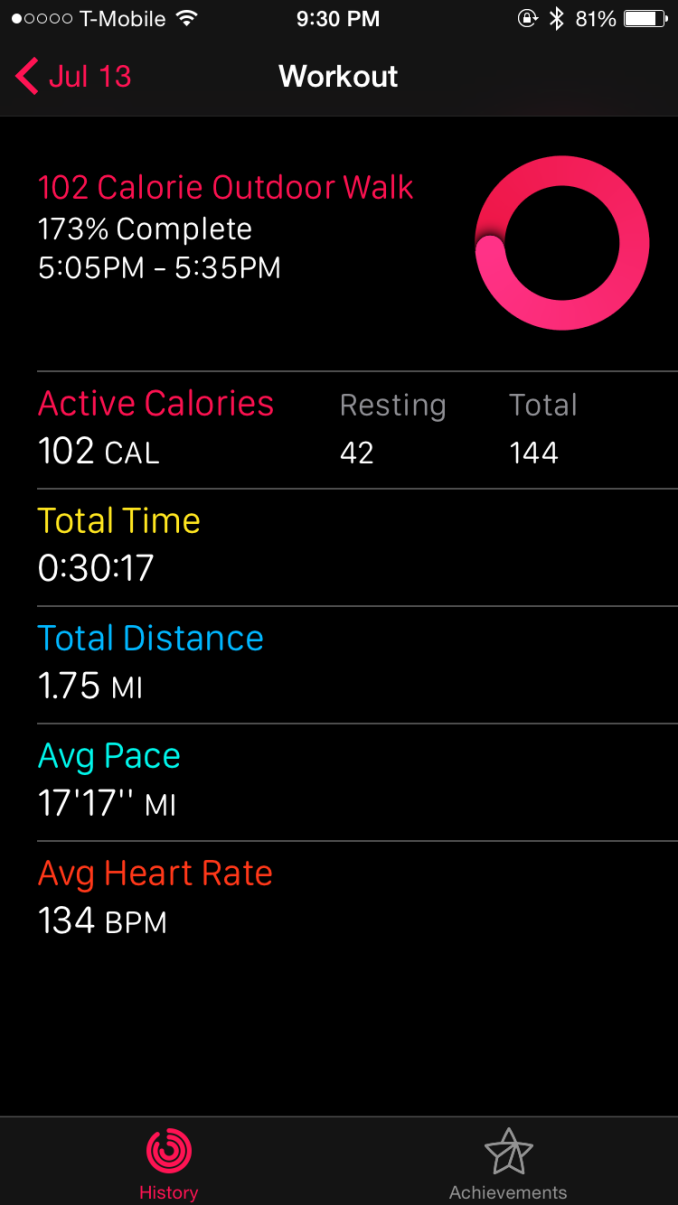








270 Comments
View All Comments
JoshHo - Tuesday, July 21, 2015 - link
It would be great to get specific instances of overly wordy areas, and information that you have learned elsewhere that is redundant in the review to improve our wearable reviews going forward.Blairh - Monday, July 20, 2015 - link
As an iPhone user I think the notifications aspect of the AW would be very appealing, but Apple is asking for too much money for such a luxury. And I'm talking about the Sport models. The SS models are ridiculously expensive. It's no surprise that roughly 3/4 of all AW sales have been the Sport models. Seriously you are nuts IMO to buy the SS model unless you have money to burn. Plus I think the Sport models are just nicer looking in general. And lighter to boot.Anyways, this review highlights a current glaring weakness which is the inability to respond to IM 3rd party apps directly on the AW. If you use WhatsApp or Facebook Messenger often as I do you are SOL if you want to respond with your AW right now. Perhaps this will change with the 2.0 update come fall, but still, right now this is really only ideal if you main communication is the messages app. Email is another story as there are several 3rd party email clients that offer voice dictation.
I'm waffling between an AW and the Vivosmart. The Vivosmart won't let me reply to any notifications from my wrist however it's a third of the price of the 38mm AW and feels awesome on your wrist.
I do believe in the future of the AW, but right now its got a lot of glaring holes to fill.
nrencoret - Monday, July 20, 2015 - link
The worst article I've ever read on this site by miles. Too many words for nothing insightful. What I find here is a desperate struggle to justify what cannot be justified. As a person who loves the site's content I'm stumped by the horrible mess I have just read just a few points:- Apple has "solved" how a watch has to fit like no other company, traditional (ie. Rolex) or tech focused. That is a simply mindboggling statement.
- The UI/UX is great. The Apple mouse and the iPhone have just one primary button for interacting. The crown, side button and force touch trilogy are the work of a comitee which couldn't settle for a simple means of interacting with a piece of technology. What Apple is best known for is how great they are at removing complexity -"just works" and "boom" come to mind- the reviewers were far to forgiving to all the usabily issues (ie. force touch discoverability). These would have been major issues on any other piece of technology.
- Understanding what it is you get for your money: If you own a jewel like a watch or ring its timeless and has an intangible value. The watch can cost a pretty penny for something that has no better hardware than whats out there. There is no inherent intangible value in the watch because as has been stated in the review there will be future iterations of it, killing the timeles argument. As such, this watch is a piece of technology not jewelery and thus, its way overpriced. Lets just see how many dads give their sons Apple Watches and how those sons give them to theirr own.
- Battery life of a single day for a timepiece is not even remotely acceptable. The Basis Peak, Fitbits and Pebbles may not be as smart but they nail the basic concept of a a time keeping device must do.
- Nowhere was there a real argument of how the current incarnation of the watch is mostly useless without being tethered. Basis Peak comes to mind as how useful a device can be with our without tether.
I could go on, given the amount of sheer nonsense of this review. I'm really dissapointed that this came from Anandtech.
alanpgh1 - Monday, July 20, 2015 - link
Awesome Review... and right on target.I've had an Apple Watch for 2 months, and it continues to be an important and non-intrusive assistant in my life. I seem to learn something new that is helpful all the time.
The only thing I ask the author to consider are these words from your review:
"Finally, "Hey Siri" works well in terms of activation, but it's really kind of disappointing that the hotword detection doesn't work with the display off. I suspect this is due to power requirements as I haven't seen any other wearable have screen-off hotword detection, but it would definitely be great to see such a feature in the future."
It is actually a feature to have the watch only listen for the "Hey Siri" hotword when the arm is lifted.
Otherwise, if listening all the time, the system would have false triggers. Think about it; this way of operation is by design.
Thanks for an excellent and thorough review!
TheRealArdrid - Tuesday, July 21, 2015 - link
Gotta admit: I didn't get past the second page of this review. This is dripping with the feel of an Apple shill piece. Am I really to believe that no other watch in history, including recent smartwatches, properly fit the author's wrist but the Apple Watch, with its amazing Milanese band, magically did? Statements like that completely destroy legitimacy and credibility. Come on man...zodiacfml - Tuesday, July 21, 2015 - link
Their failure is sticking to the old, physical idea of a watch.FunBunny2 - Tuesday, July 21, 2015 - link
-- Their failure is sticking to the old, physical idea of a watch.Yeah, and what would GUIs be without radio buttons, menus, and all of the other analog clones they're built on? Face it: it's just pixels made to look "physical".
Oxford Guy - Tuesday, July 21, 2015 - link
Honestly, I love that Apple is successful. The sound of PC-worshiping heads exploding all over the Internet is amusing. It lifts my spirits on a regular basis.Seriously, people... Apple didn't run over your mother, kill your dog, or beat your sister.
The level of nerd rage over Apple's success really is misplaced. There are far worse things to cry over than yet another big tech firm that dodges taxes and overprices stuff. It's not like Apple is the only one and it's not like society in general doesn't reward that behavior.
I've seen the anti-Apple zealotry for decades. It never changes. It always comes down to whinging about how much Apple charges, along with accusations that only gays, girls, and social-climbing superficial people use the products. In reality, despite their flaws, Apple products have been dependable workhorses for people for a long time, and some of them have been pretty innovative.
The Lisa was a thousand times more innovative than the IBM PC. Apple didn't execute because of some poor management and the sudden spike in DRAM cost (caused by Japanese firms pushing US firms out of the market with price dumping and then colluding to raise prices, as far as I have read). Yes, it was expensive but the platform was a very solid foundation for line of machines. Apple had an office suite, multitasking, protected memory, tool-less design, a bootloader that made it easy to boot from multiple operating systems, and a plethora of other modern features back in '83.
Unfortunately, the Mac was botched because it was turned from what was envisioned to be a $500 computer into a $1000 computer and then into a $2400 computer -- without making the underlying OS robust enough to justify that price or the hardware expandable enough. But, despite that, it had a very efficient GUI and people were willing to put up with bombs and freezes because that GUI was miles nicer to work with than Windows (up until 95 when things almost became as good on Windows, but not quite).
If you think Apple is so fraudulent then start your own company or get a job running one already out there and out-compete them. Then let us know about your success. Until then, find something more productive to do with your time than rant ineffectually on Internet forums.
Oxford Guy - Tuesday, July 21, 2015 - link
As for this product specifically, my advice is to wait for the next iteration that comes with a shrunken process. Apple's first iPad had a relatively short lifespan, rapidly orphaned. I wouldn't want to be stuck with this device if the same thing were to happen. It has generally been the same advice for quite some time: when Apple comes out with a new form factor, wait until version 2.Oxford Guy - Tuesday, July 21, 2015 - link
This even applied to the Mac, come to think of it. Jobs demoed (without telling the audience or the press, of course) a 512k prototype in order to run speech synthesis when he was unveiling the first Mac (128K, not expandable) to the press.